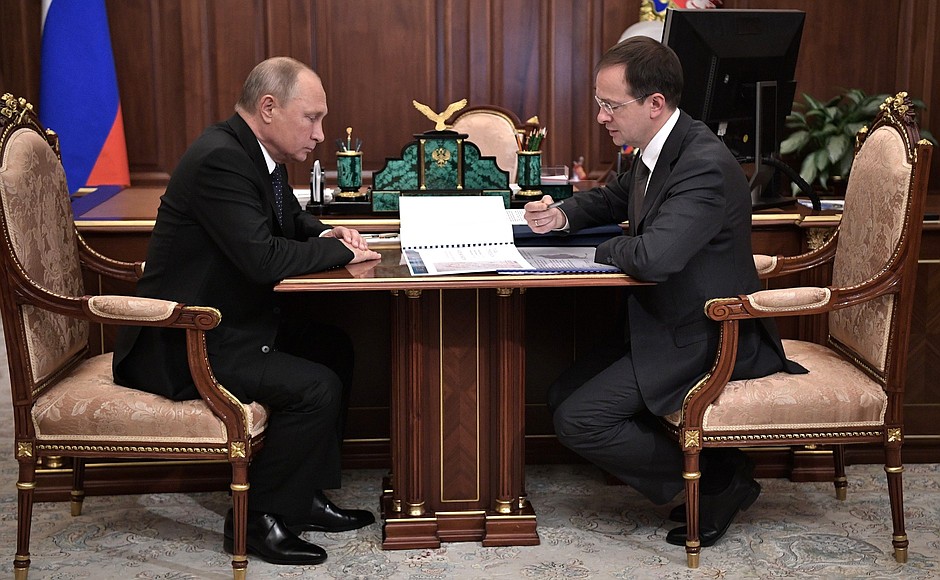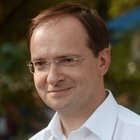Minister of Culture Vladimir Medinsky: I would like to begin with several museum-related matters that we are addressing in keeping with your instructions – their time has come.
First, this is the Vladivostok fortress that dates back to the turn of the 20th century. As you may remember, these are unique fortification works with over 800 forts, fortified earth and timber emplacements, and the like.
It was largely built after Port Arthur, with plenty of experience under our belt that prompted us to turn Vladivostok into an impregnable fortress that would be inaccessible either from sea or from land.
The construction did not stop even during World War I. The Bolsheviks abandoned the project and it was only resumed during the rule of Stalin. Unfortunately, the construction was again suspended in the 1990s.
Today, the site is in complex multiple ownership. Part of it is owned by the Defence Ministry, another part has become the property of the Culture Ministry for some reason, yet another part is the property of the city of Vladivostok and a few forts are even privately owned. You instructed us to see what can be done to put this in order.
Our proposal is that a federal museum be created at the site of the fortress, like the one in Sevastopol, to increase public awareness of this area’s history. Now the site looks like this and these are the best surviving fragments.
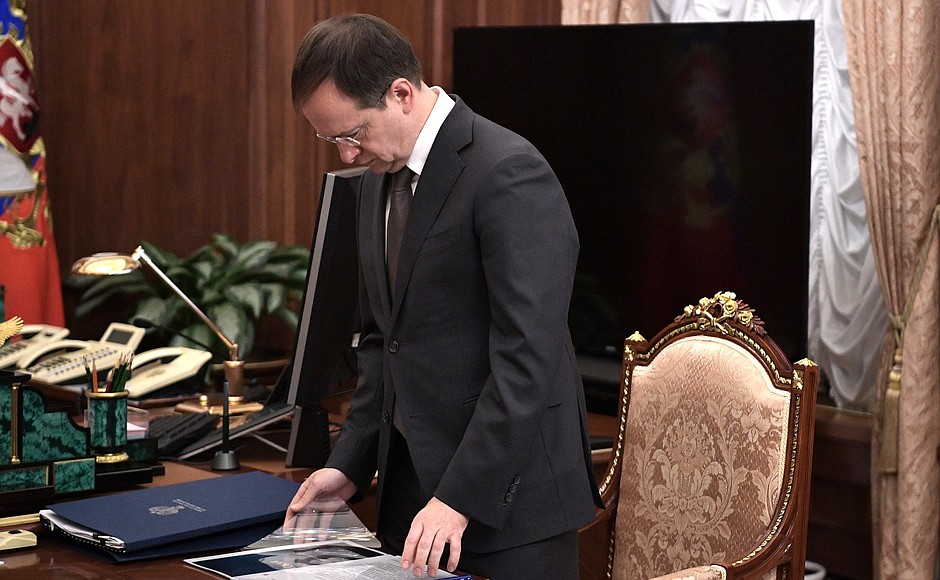
Of course, this is a perfect place for teaching patriotism, all the more so as the fortress was completely built by Russian engineers – I would call it a unique example.
While we were working on our proposals, we found an abandoned building in central Vladivostok and renovated it using non-budgetary funds to make it a museum centre.
In the first half of next year, we will open an exhibition on the history of the fortress and of Russian military engineering. It will be a visitors’ centre where tours around the forts will be organised. The forts are all quite remote.
Then, one by one, starting in 2020, we will turn these forts into tourist attractions. No special renovation is needed. We need to work on navigation, an interesting programme, tours and lighting.
There is a similar example: the forts of Kaliningrad. There are fewer of them and all are located within the city limits, so that was easier.
For example, a private museum has opened a most interesting exhibition in such a fort. It was leased out for a nominal fee, and now it has thousands of visitors. We can do something similar in Vladivostok, although, of course, it will not be simple.
What kind of organisational efforts does this require? The decision to establish a separate estate museum must be supported. We have already got the building in order, and in the first year we will find money in the Ministry of Culture to launch the project.
After that, we will require this sum every year, which will mostly be spent on museofication and development of these new forts, as opposed to maintaining staff.
Vladimir Putin: Will these facilities bring in any money?
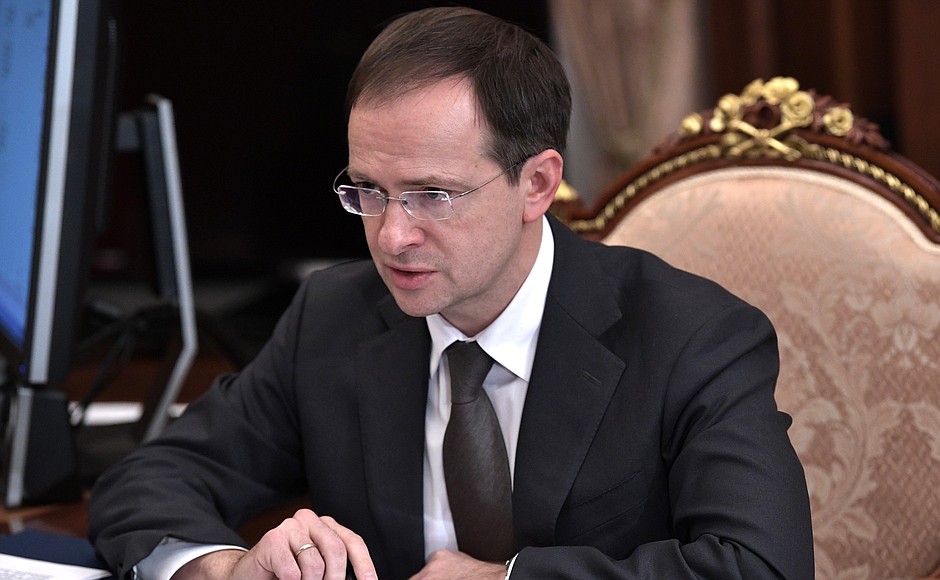
Vladimir Medinsky: Of course. We want all these forts to bring in money; that is also an important aspect. If you support this model…
Vladimir Putin: I find it interesting.
Vladimir Medinsky: The second story is the 75th anniversary of the Victory. One of the most terrible battles in world history was the Battle of Rzhev. Here, near the Moscow-Riga Motorway, there are these fields, where, according to available estimates, 1,300,000 of our soldiers were killed.
For several years, the Defence Ministry and the military history community annually have conducted search expeditions there. Every year we find up to 500 soldiers, identify and rebury them, that is, this number is growing annually.
For well-known political reasons, this battle has never been especially advertised, always remaining in the shadow of the Battle of Stalingrad. Actually, they are interrelated, these battles.
What do we propose? Only 248 of the 50,000 people living in Rzhev were still alive by the end of the battle, can you imagine? A public initiative was born, which was first supported by the Union State [of Russia and Belarus] and then we joined – to open a memorial to the Soviet soldier who defended Moscow near Rzhev.
We held a contest during the year, and this extremely interesting project was born as a result. It then went through public discussion and expert review, was presented on the internet, and was extremely well received by the public, in my opinion.
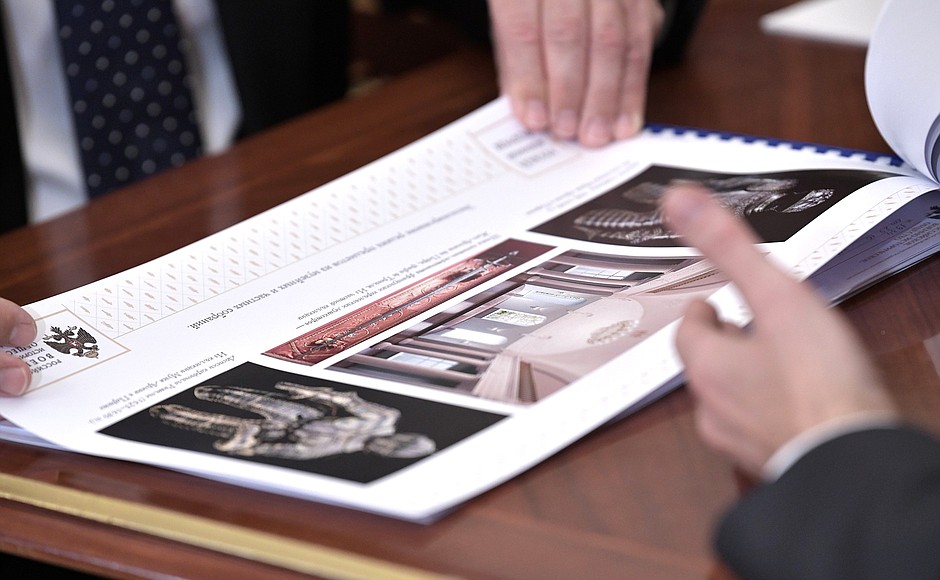
Actually, we are not asking for anything except your approval. We will build the memorial on our own with the extrabudgetary funds we raise. I think the Union State will help, as the initiator of this project.
If you support the project, we are ready to lay a stone at the base of this monument next week.
Vladimir Putin: Of course, this is a very proper, good and timely decision.
Vladimir Medinsky: Thank you for your support, Mr President.
Vladimir Putin: The monument is beautiful and unusual.
Vladimir Medinsky: And one more of your ideas that has come to the point of implementation. About three years ago, you drew my attention to a ruined mansion in the centre of Moscow. It was in such a state… This was the ground floor, but there was simply very little left, it was just empty. Everyone asked for budget funds for restoration and conversion into yet another budget-funded project.
We then suggested turning it into a model public museum that would be funded by a public organisation. It was supposed to become an example of an informal new state approach to museums and outreach activities.
It was proposed that we establish a museum of military uniforms in the mansion, given that it was historically inhabited by generations of officers. This is how it looks now, a bit over two years later.
Vladimir Putin: A beautiful mansion.
Vladimir Medinsky: We are planning to establish a museum in it by May. This will be the world’s first museum telling the entire history of the Russian military uniform, starting with armour and all the way up to the GRU special forces uniform.
Of course, visiting the museum, a boy will see that army service is not only honourable but also beautiful. It is great.
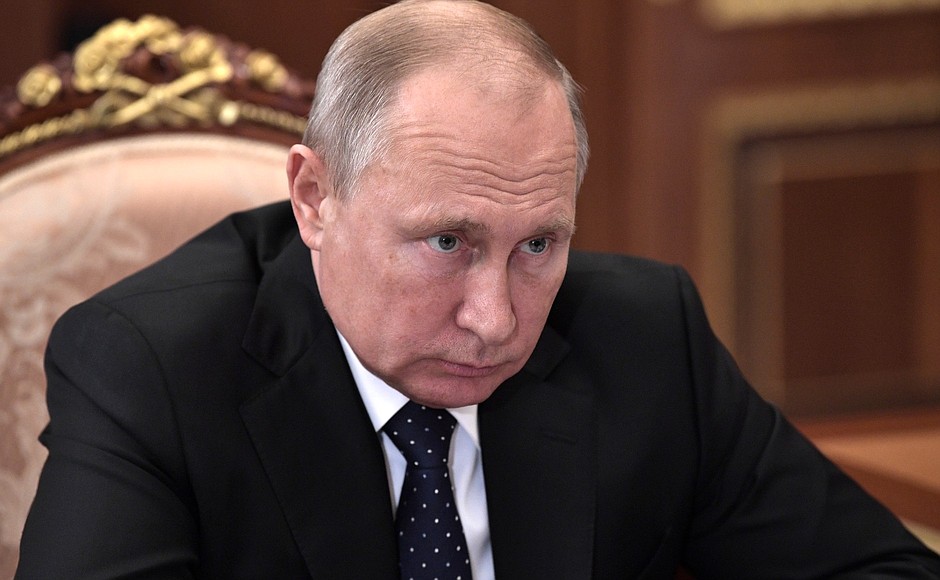
Vladimir Putin: I think many would like to visit it.
Vladimir Medinsky: When our French colleagues found out about the museum idea, they immediately suggested bringing samples of French uniforms to the museum to show at exhibitions. They would also like to display the personalised sword of Count de Treville, a French marshal.
Mr President, I would like to invite you, if you can find the time in your schedule closer to May, to the opening ceremony of the museum.
Vladimir Putin: This is very interesting. Thank you very much.
<…>
